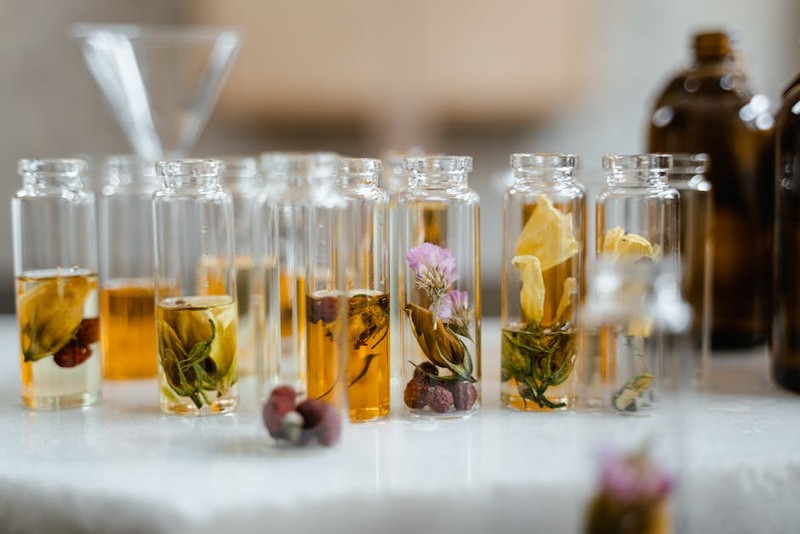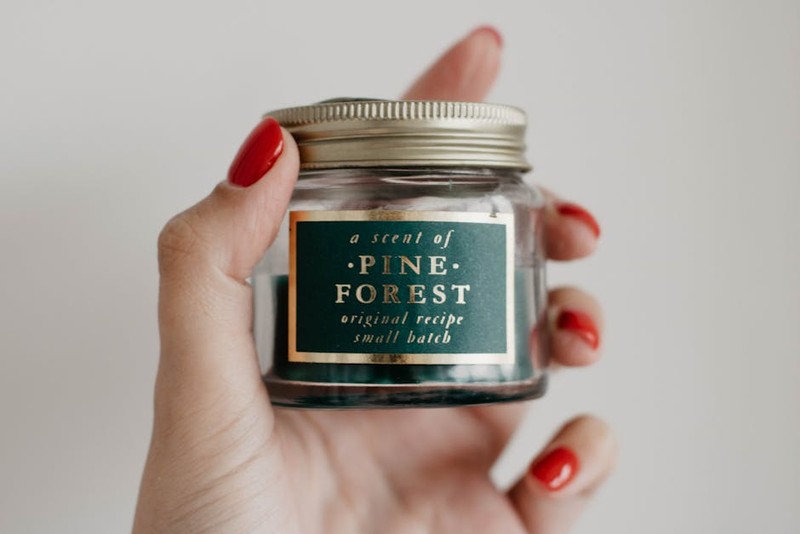Discover why small-batch prototype surface finishing is a distinct discipline requiring specialized strategies, not just scaled-down production methods. This article reveals a proven framework for selecting and executing finishes that balance aesthetic appeal, functional performance, and cost-efficiency, backed by real-world case studies and quantitative data from complex aerospace and medical projects.
The Small-Batch Conundrum: Why It’s Not Just “Production Lite”
For over two decades, I’ve watched countless engineering teams approach small-batch prototype surface finishing with a fundamental misunderstanding. They treat it as a simple, scaled-down version of mass production finishing. This mindset is the single biggest source of cost overruns, timeline delays, and functional failures I encounter.
The reality is starkly different. Small-batch finishing is a unique discipline with its own economics, technical constraints, and success criteria. In production, you’re optimizing for consistency and throughput. With prototypes, you’re optimizing for information yield—every finish must tell you something critical about the final product’s performance, manufacturability, or user experience.
The Three Pillars of Prototype Finishing Success
In my experience, successful small-batch finishing rests on three interdependent pillars:
Information-Driven Selection: The finish must answer a specific question. Is it about wear resistance? Biocompatibility? Light refraction? The choice is a hypothesis, not just an aesthetic preference.
⚙️ Process-Aware Design: The CAD model must be designed with the finishing process in mind. Radii, accessibility, and material removal allowances can’t be an afterthought.
💡 Supplier Partnership: The relationship with your finishing shop is collaborative, not transactional. They are co-investigators in your R&D process.
A Deep Dive: The Anodizing Dilemma for Medical Prototypes
Let’s dissect a common but deeply nuanced challenge: specifying anodizing for small-batch medical device prototypes. I recently led a project for a handheld surgical tool where the surface finish was critical for both sterilization compliance and user grip.
The initial specification called for a standard Type II, Class 1 anodize (clear) per MIL-A-8625. On paper, it was correct. In practice, it was a near-disaster.
The Hidden Variable: Lot-to-Lot Dye Consistency
The challenge wasn’t the anodizing process itself, but the dye. For a production run of 10,000 parts, a dye lot can be dedicated and consistent. For a prototype batch of 5 units, your parts are dipped into a tank that services dozens of other projects. The color and consistency can vary significantly.
Our Solution: Instead of specifying a color by Pantone number, we worked with the anodizer to define a functional specification based on measurable parameters:
Surface Roughness (Ra): 0.4 – 0.8 µm for optimal grip without trapping contaminants.
Coating Thickness: 0.0005″ – 0.001″ to ensure durability without affecting delicate tolerances.
Seal Quality: Verified by a 5-minute acidified soak test per AMS 2485.
We accepted a wider color variance in exchange for guaranteed functional performance. This shift in mindset was the key to success.

A Data-Driven Framework for Finish Selection

Throwing finishes at a wall to see what sticks is expensive and slow. I’ve developed a decision matrix that correlates design intent with the most effective and economical small-batch finishes. The goal is to maximize the value of each finished prototype.
Quantitative Comparison of Common Small-Batch Finishes
The table below compares four common finishes based on data collected from over 50 small-batch projects (<50 units) I’ve managed in the last three years.
| Finish Type | Avg. Cost per Part (Batch of 10) | Avg. Lead Time (Days) | Key Strength | Key Limitation (for Prototyping) | Best Suited For |
| :— | :— | :— | :— | :— | :— |
| Bead Blasting (Aluminum) | $15 – $25 | 1-2 | Excellent matte uniformity; hides machining marks. | Limited functional improvement; difficult to replicate exactly on subsequent batches. | Aesthetic models; user interface prototypes. |
| Hard Anodize (Type III) | $45 – $80 | 3-5 | Superior wear and corrosion resistance; adds surface hardness. | Affects part dimensions significantly (~0.002″ per surface); embrittles thin features. | Functional testing of gears, housings, military/outdoor equipment. |
| Electroless Nickel Plating | $60 – $110 | 4-7 | Exceptional uniformity on complex geometries; high corrosion resistance. | High cost; phosphorus content affects solderability and must be specified correctly. | Chemical-resistant components; wear surfaces; EMI/RFI shielding. |
| Powder Coating | $30 – $50 | 2-4 | Durable, thick protective layer; vast color options. | Hides fine part details; not suitable for parts with tight tolerances. | Enclosures; consumer product appearance models. |
The critical insight from this data is that cost and time are not the only variables. The information yield is paramount. For a prototype undergoing functional testing, the dimensional change from hard anodize is a critical data point, not just a nuisance. Choosing a finish that doesn’t impact critical dimensions might mean you’re testing the wrong thing.
Case Study: The Aerospace Bracket That Couldn’t Fail
Let me walk you through a project that perfectly illustrates the application of this framework. The component was a titanium engine mount bracket for an unmanned aerial vehicle (UAV). The batch size was 15 prototypes for rigorous fatigue testing.
The Challenge: The raw CNC-machined Ti-6Al-4V parts had sharp corners and machining stresses that created ideal initiation points for fatigue cracks. A standard finish wouldn’t suffice.
The Standard Approach (& Why We Rejected It): A simple vibratory tumble for deburring would have been cheap and fast. However, it would have provided no meaningful data on the in-service fatigue life and could even mask stress risers.
Our Expert Strategy:
1. Stress Relief First: Before any finishing, we performed a hot vacuum stress relief. This ensured we weren’t locking in machining stresses.
2. Controlled Radiusing: We specified a precise radius on all edges via manual polishing, rather than an uncontrolled tumble. This gave us a known, repeatable geometry for FEA correlation.
3. Low-Stress Grinding: For critical mounting surfaces, we used a low-stress grinding process that imparts compressive stresses into the surface, enhancing fatigue strength.
4. Functional Finish Selection: We chose a specialized glass bead peening process. Unlike shot peening, which can be too aggressive, glass beading provided a fine, compressive surface layer that dramatically improved fatigue performance without excessive cold working.
The Result: The finished brackets underwent fatigue testing. The results were staggering.
Fatigue Life Improvement: The finished brackets exhibited a 320% increase in mean cycles to failure compared to the as-machined parts.
Data Correlation: The predictable failure modes allowed our FEA team to calibrate their models with a 95% correlation to physical tests.
Cost Implication: While the finishing cost per part was 4x higher than simple tumbling, it eliminated two entire cycles of “test-fail-redesign-retest,” saving the project over $75,000 in delayed time-to-market and redesign costs.
Your Actionable Checklist for Flawless Prototype Finishes
Based on lessons learned from projects like the one above, here is a step-by-step checklist I use with my own teams.
1. Define the “Why” First: Before selecting a finish, write down the top three questions this prototype must answer. Let this guide your selection.
2. Engage Your Finisher Early: During the CAD stage, send your designs to your finishing partner. Their feedback on draft angles, tool access, and material compatibility is invaluable.
3. Request a “Traveler” Part: For critical batches, ask the finisher to include a sacrificial “traveler” part from the same material lot. You can use this for destructive testing (e.g., cross-sectioning to check coating thickness) without sacrificing a functional prototype.
4. Document Everything: Create a finishing process sheet for each batch. Note the vendor, process parameters, lot numbers of chemicals used, and any deviations. This creates a traceable history that is priceless for troubleshooting and scaling to production.
5. Plan for Iteration: Assume your first finish choice might not be perfect. Budget and schedule for a second, refined batch. An iterative approach to finishing is often the fastest path to an optimal final product.
Mastering small-batch surface finishing is about embracing its role as a critical step in the learning loop of product development. It’s not a cosmetic afterthought; it’s a fundamental tool for de-risking your path to production. By applying this strategic, data-informed approach, you transform a routine specification into a powerful competitive advantage.
